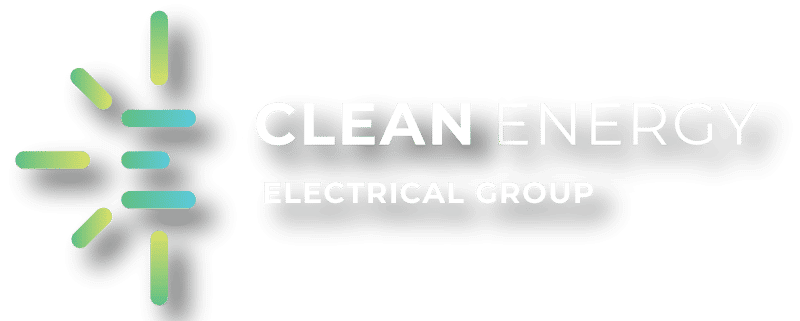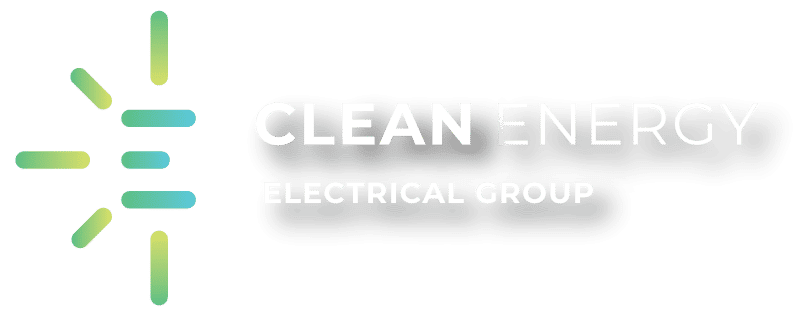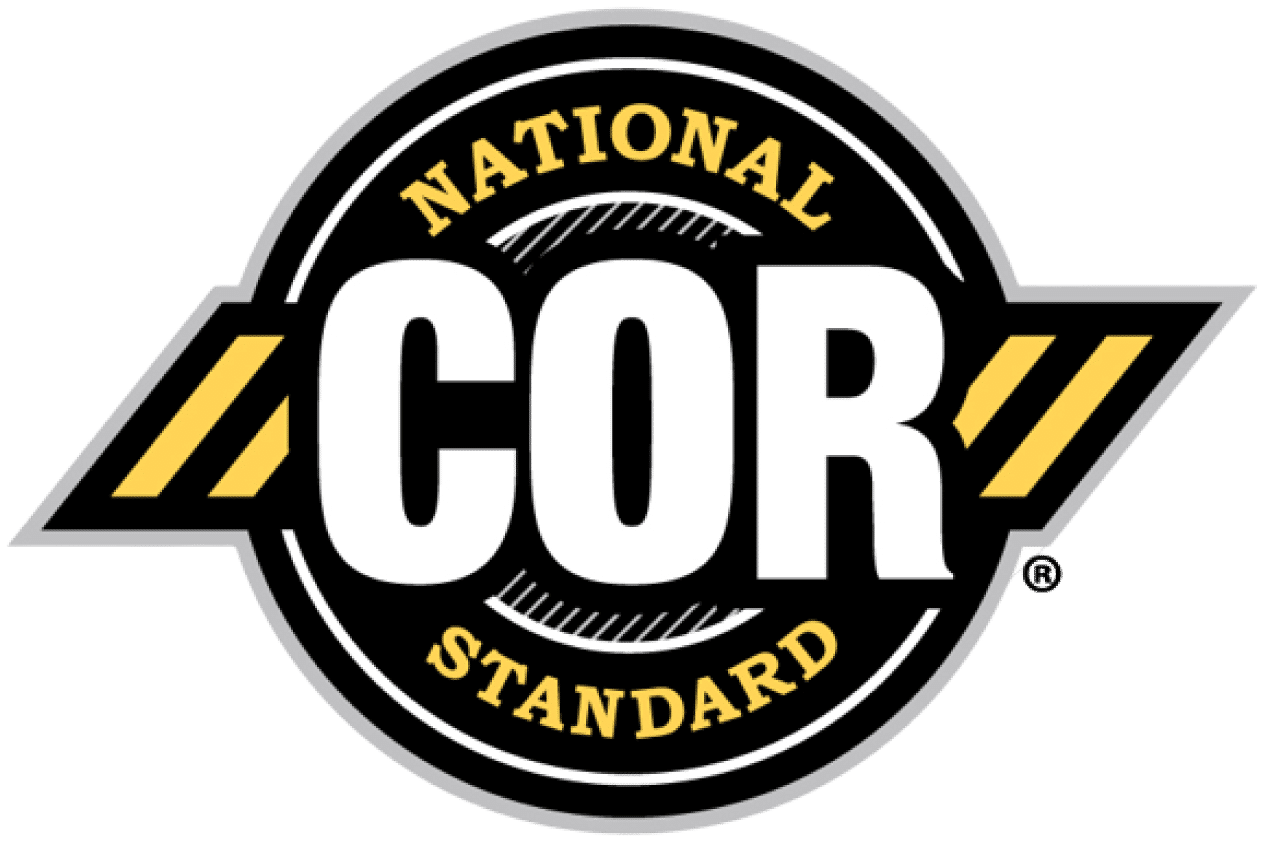Navigating Power Outages
A power outage, defined as the loss of electrical power supply to a specific area, can have widespread impacts on various services and the economy. For example, during a severe storm, power outages can lead to the closure of businesses, disruption of transportation systems, and affect the functionality of critical infrastructure. These disruptions highlight the vulnerability of modern societies to electricity loss and the need for effective management strategies in such situations.
Extended power outages can disrupt communications, transportation, and essential services, causing inconvenience and potential risks to individuals and communities. In the healthcare sector, power loss can jeopardize medical equipment operation, affecting patient care and potentially compromising safety. For instance, life-support systems, refrigeration units for medications, and medical procedures relying on electricity may be compromised during an outage, emphasizing the critical need for preparedness and response strategies in healthcare facilities. Moreover, power outages can impact educational institutions, with schools and universities facing closures, hindering teaching activities and disrupting students' learning progress.
Power outages are not just temporary inconveniences; they can have far-reaching consequences that extend beyond immediate service disruptions. From economic setbacks to compromised safety and security, power outages underscore the importance of proactive planning and effective response mechanisms to mitigate risks and ensure continuity in critical services. By understanding the implications of power outages and implementing robust strategies to address them, individuals and communities can navigate these challenges more effectively and minimize the adverse impacts on daily life and well-being.
Importance of Preparedness for Power Outages
When it comes to power outages, preparedness is key to ensuring the safety and well-being of individuals and communities. Power disruptions can last for days, affecting various needs such as food storage, medical equipment operation, and communication channels. For example, imagine a scenario where a family is without power for an extended period due to a severe storm. Having an emergency kit readily available with items like non-perishable food, water, first aid supplies, and personal hygiene products can make a huge difference in coping with the outage and ensuring the well-being of everyone involved.
In addition to having an emergency kit, developing a household evacuation plan is essential for navigating power outages effectively. By outlining escape routes, establishing meeting points, and considering the needs of vulnerable family members such as children, elderly, or pets, families can act swiftly and decisively in the event of an emergency. Furthermore, staying informed about community response plans, local shelters, and available resources can provide additional layers of support and guidance during challenging times. By being prepared and informed, individuals can better cope with power outages, reduce risks, and enhance their resilience in the face of unforeseen disruptions.
Power outages are not isolated events; they can impact multiple aspects of daily life and create cascading challenges that require proactive planning and effective response strategies. Whether it's ensuring the safety of vulnerable individuals, maintaining essential services, or preserving critical supplies, preparedness plays a crucial role in mitigating the impacts of power disruptions and safeguarding the well-being of communities. By prioritizing preparedness measures such as creating emergency kits, developing evacuation plans, and staying informed about response protocols, individuals can enhance their ability to cope with power outages and minimize disruptions to their daily routines.
Safety Measures During a Power Outage
During a power outage, taking proactive safety measures is essential to protect yourself and your household from potential risks. One crucial step is to report the outage promptly to your local utility company to expedite the restoration process and ensure efficient resolution of the issue. Furthermore, confirming the outage by checking for tripped circuit breakers in your home can help you determine the source of the problem and assess whether it is an isolated issue or part of a larger area-wide outage. Engaging with neighbors can also provide valuable insights into the scope and duration of the outage, enabling better preparation and response.
Moreover, maintaining food safety is a critical aspect of handling a power outage effectively. Utilizing various methods such as using ice in the refrigerator , employing a cooler for perishable items, and freezing jugs of water can aid in preserving the cold temperatures necessary to prevent food spoilage. For instance, storing perishable foods such as dairy products, meats, and leftovers in a well-insulated cooler with ice packs can extend their freshness until power is restored. Adhering to food safety guidelines and best practices, such as avoiding opening the refrigerator door frequently, can significantly reduce the risk of foodborne illnesses and minimize the wastage of food items during an outage. By taking these safety measures, you can better cope with the challenges posed by a power outage and safeguard both your well-being and your provisions.
In addition to addressing immediate safety concerns, it is essential to consider the broader implications of power outages on public health, infrastructure resilience, and community well-being. By implementing safety measures such as reporting outages promptly, preserving food supplies effectively, and staying informed about response protocols, individuals can contribute to a safer and more resilient environment during power disruptions. Understanding the importance of safety precautions and proactive measures is key to enhancing individual and community resilience in the face of unforeseen challenges like power outages.
Generator Safety Tips
During a power outage, generators can serve as valuable backup power sources, but their safe operation is paramount to prevent accidents and hazards. For instance, GenerLink, a product offered by Clean Energy Electrical Group Ltd., Clean Energy Electrical Group Ltd. stands out as a user-friendly solution for connecting a generator safely, ensuring seamless power supply without compromising safety. It is crucial to emphasize the importance of using generators outdoors to prevent the build-up of carbon monoxide, a colorless and odorless gas that can be lethal if inhaled in enclosed spaces.
Moreover, installing carbon monoxide detectors in the vicinity of the generator can serve as an additional safety measure, alerting individuals to any dangerous levels of the gas. Following the manufacturer's instructions meticulously is imperative to guarantee the safe and optimal functioning of the generator. By taking these precautions, individuals can safeguard themselves and their families from the inherent dangers associated with generator use during power outages. Remember, safety should always be the top priority when dealing with alternative power sources in emergency situations.
In addition to generator safety measures, it is essential to consider the broader implications of using backup power sources during outages, such as fuel consumption, noise pollution, and maintenance requirements. By following safety guidelines, utilizing reliable products like GenerLink, and prioritizing outdoor generator use, individuals can minimize risks and ensure the safe and effective operation of backup power sources. Understanding the best practices for generator safety is crucial for maintaining a secure and stable environment during power outages and emergency situations.
Returning Home After a Power Outage
Returning home after a power outage requires careful consideration and specific actions to ensure safety and well-being. One essential step is to discard any perishable food that has been exposed to high temperatures during the outage. Consuming food that may have spoiled can lead to foodborne illnesses, posing a risk to health. For example, dairy products like milk and cheese, as well as meats and leftovers, are particularly susceptible to bacterial growth when not refrigerated properly. By disposing of these items, individuals can prevent potential health issues and ensure the safety of their household.
Additionally, after a power outage, individuals should seek medical advice regarding any refrigerated medication that may have been compromised due to the lack of power. Medications like insulin, certain antibiotics, and other temperature-sensitive drugs can lose their effectiveness if not stored at the proper temperature. Consulting with a healthcare provider can help determine if these medications are still safe to use or if replacements are necessary to maintain health and well-being. Taking these precautions demonstrates a proactive approach to personal health management during challenging situations like power outages.
Returning home after a power outage involves more than just restoring electricity; it requires careful assessment of safety hazards, health risks, and necessary precautions to ensure a smooth transition back to normalcy. By following guidelines on food safety, seeking medical advice for compromised medications, and conducting thorough checks of household systems, individuals can create a safe and secure environment for themselves and their family’s post-outage. Understanding the importance of proper procedures and safety measures during the reentry phase can help prevent accidents, health issues, and property damage, fostering a quicker recovery and minimizing disruptions in daily life.
Community Resources for Power Outages
During a power outage, being informed and prepared is crucial for ensuring safety and minimizing disruptions. Ready.gov and the American Red Cross are two key organizations that offer valuable resources to help individuals and communities deal with power outages effectively, [2]. These resources not only provide essential tips on what to do before, during, and after a power outage but also offer guidance on creating emergency plans and staying informed about community response strategies.
For example, Ready.gov emphasizes the importance of having alternate plans for medical devices and knowing where to go if extreme heat or cold is a concern during a power outage. Similarly, the American Red Cross provides a Power Outage Safety Checklist in multiple languages, offering practical steps to prepare for and handle power outages. By utilizing the information and tools provided by these organizations, individuals can better protect themselves, their families, and their property during unforeseen power disruptions.
In addition to national resources like Ready.gov and the American Red Cross, local communities often have emergency response plans, shelters, and support networks in place to assist residents during power outages and other disasters. By staying informed about community-specific resources, individuals can access timely assistance, essential services, and valuable information to navigate power outages effectively. Understanding the role of community resources in emergency preparedness and response is essential for building resilience, fostering collaboration, and ensuring the well-being of all community members during challenging times.
Common Myths and Facts
Amidst the uncertainty and challenges brought about by power outages, it is crucial to address common misconceptions and distinguish them from factual information to enhance safety and preparedness. One prevalent myth that needs clarification is the belief that keeping the refrigerator closed for an extended period will help maintain its temperature. Contrary to this misconception, a more effective approach involves using ice packs or frozen jugs of water to keep the fridge cold and minimize the frequency of opening its doors, thereby preserving perishable items for a longer duration. Understanding the importance of proper food storage techniques during power outages can help individuals make informed decisions and prevent food spoilage effectively.
In addition to the myth regarding refrigerator maintenance during power outages, it is important to consider other misconceptions that might impact individuals' responses to such emergencies. For instance, some may believe that consuming perishable items from the fridge immediately after a power outage is safe, assuming they have not been exposed to high temperatures for an extended period. However, the reality is that certain foods may pose health risks if consumed after being stored in inadequate conditions during a power outage. By debunking such myths and providing accurate information on food safety measures during and after power outages, individuals can make informed decisions to protect themselves and their families.
Addressing common myths and misconceptions about power outages is essential for promoting safety, preventing health risks, and ensuring effective emergency response strategies. By providing accurate information, practical tips, and evidence-based guidelines on how to handle power outages, individuals can make informed decisions, reduce potential hazards, and protect their well-being during challenging circumstances. Understanding the difference between myths and facts regarding power outage management is key to enhancing safety, resilience, and preparedness for individuals, families, and communities.
Environmental Impact of Power Outages
Power outages can have significant environmental implications, including food wastage, energy consumption, and greenhouse gas emissions. For example, during an extended power outage, households may need to discard perishable food items like meat, dairy, and produce, leading to significant food wastage and environmental strain. This wastage contributes to methane emissions when the food decomposes in landfills, further exacerbating greenhouse gas emissions and climate change.
Moreover, the restoration of power after an outage often results in a surge in energy consumption as appliances, heating systems, and cooling units draw more power to compensate for the downtime. This sudden spike in energy usage can strain the electrical grid and increase the demand for fossil fuels, ultimately impacting air quality and carbon emissions. To mitigate these environmental consequences, promoting energy-efficient practices, investing in renewable energy sources, and advocating for sustainable food management post-outage are essential steps to reduce the environmental footprint of power disruptions.
In addition to the immediate impacts on households and communities, power outages can have lasting effects on the environment, natural resources, and ecosystems. By considering the environmental implications of power disruptions, individuals, businesses, and policymakers can implement sustainable practices, reduce waste generation, and minimize the carbon footprint associated with power outages. Understanding the interconnected nature of energy use, environmental impact, and emergency response is crucial for building a more resilient and sustainable society in the face of climate challenges and unforeseen disruptions.
Essential Steps During a Power Outage
In conclusion, power outages are disruptive events that can impact various aspects of daily life, from essential services to personal safety and well-being. By understanding the causes and consequences of power outages, individuals can take proactive steps to prepare for, manage, and recover from these disruptions effectively. Whether it's creating emergency kits, developing household evacuation plans, or utilizing community resources, preparedness is key to navigating power outages safely and minimizing risks to individuals and communities.
During a power outage, it is essential to have an emergency kit readily available, which should include items like flashlights, batteries, non-perishable food, water, and a first aid kit. For instance, having a battery-operated or hand-crank radio can help you stay informed about the situation and receive updates from local authorities. By being prepared and informed, individuals can enhance their resilience, protect their well-being, and ensure a smoother recovery process in the aftermath of a power outage.
Moreover, returning home after a power outage requires careful assessment of safety hazards, health risks, and necessary precautions to ensure a smooth transition back to normalcy. By following guidelines on food safety, seeking medical advice for compromised medications, and conducting thorough checks of household systems, individuals can create a safe and secure environment for themselves and their families post-outage. Understanding the importance of proper procedures and safety measures during the reentry phase can help prevent accidents, health issues, and property damage, fostering a quicker recovery and minimizing disruptions in daily life.
Overall, power outages are complex events that require proactive planning, effective communication, and collaborative efforts to manage successfully. By incorporating safety measures, utilizing community resources, and debunking common myths, individuals can enhance their preparedness, protect their loved ones, and contribute to a safer and more resilient society in the face of power disruptions. Remember, staying informed, staying prepared, and staying safe are essential principles to follow when dealing with power outages and other emergencies.
Have questions or need assistance? Reach out to us. We’re here to empower you with safe and clean energy solutions! Questions? Give us a call 204-306-2121.

A tripped circuit might seem like a minor hiccup in your day, but it's essential to address the underlying cause promptly and professionally.
With Clean Energy Electrical Group Ltd., you're in safe and competent hands. Remember, it's not just about restoring power; it's about ensuring that your space is safe and efficient.



